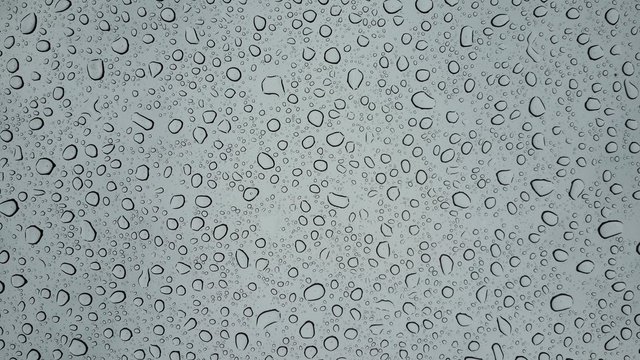Scientists have used nanosized droplets to create tiny reaction vessels, offering a new way to carry out microscale chemical reactions.

Scientists from South Korea have created droplets with a nanoparticle skin that can be manipulated using light, electricity or magnetism, offering an innovative way to mix substances and carry out chemical reactions at microscopic levels.
Chemical barriers, differences in molecular weight or surface tension between materials can make them difficult or impossible to mix. However, adding compounds called surfactants lowers the surface tension between the substances, allowing them to be mixed.
Now, a team of researchers from the Institute of Basic Science in South Korea has created surfactants made from gold nanoparticles, joined to other nanoparticles, that can be controlled using optical, electric or magnetic fields, and provide remarkable flexibility in the manipulation, assembly and reaction of liquid droplets.
These nano-droplets could be used in a variety of applications, including light-guided 3D printing and microfluidic devices.
This article was first published by Springer Nature. Read the original article at https://www.natureindex.com/article/10.1038/nature25137
To read more of my writings check out my website at https://gluons2galaxies.com.